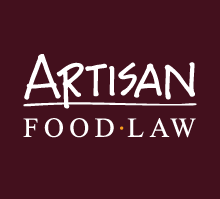The Food Safety Act 1990 predates general food law Regulation (EC) 178/2002 by some 12 years and remains the original source of domestic UK food law.
The Food Standards Agency summarises the main responsibilities of food businesses under the 1990 Act as being to ensure:
1. You do not include anything in food, remove anything from food or treat food in any way which means it would be damaging to the health of people eating it.
2. The food you serve or sell is of the nature, substance or quality which consumers would expect.
3. The food is labelled, advertised and presented in a way that is not false or misleading.




